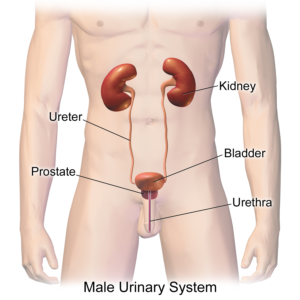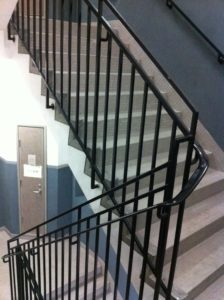 Studies find that exercise or physical activity improves the functioning of the brain, including memory and overall cognition. In a recent study, almost two weeks of exercise by older adults improved brain insulin signaling - that is, it improved the abilities of insulin to act on the brain by increasing "neuronal extracellular vesicles".
Studies find that exercise or physical activity improves the functioning of the brain, including memory and overall cognition. In a recent study, almost two weeks of exercise by older adults improved brain insulin signaling - that is, it improved the abilities of insulin to act on the brain by increasing "neuronal extracellular vesicles".
The study found these beneficial effects on a group of sedentary adults (average age 60) with prediabetes, who are at higher risk for Alzheimer's disease and dementia.
The participants exercised twelve times (60 minutes per day) by using a stationary bicycle (cycle ergometry exercise) over a 13 day period. So quick and simple, but it resulted in health benefits for the brain.
From Science Daily: Exercise improves brain function, possibly reducing dementia risk
A study led by scientists at Rutgers University-New Brunswick has shown that specialized cells involved in how the body responds to insulin are activated in the brain after exercise, suggesting that physical activity may directly improve brain function. ...continue reading "Exercise, Insulin, and the Brain"

 Exercise boosts brain function at all ages. This means that for both young and old, it is worth it to get out and engage in physical activity.
Exercise boosts brain function at all ages. This means that for both young and old, it is worth it to get out and engage in physical activity. Typically, our vitamin D levels drop in the winter months when we don't get as much sun exposure. After all, it is called the sunshine vitamin. However, a new
Typically, our vitamin D levels drop in the winter months when we don't get as much sun exposure. After all, it is called the sunshine vitamin. However, a new 
 A recent large Swedish
A recent large Swedish  We've known for a while that exercise and physical activity lower the risk of developing heart disease. It turns out that a good exercise that many of us do in the course of ordinary life is walking up and down stairs. Yes, that counts!
We've known for a while that exercise and physical activity lower the risk of developing heart disease. It turns out that a good exercise that many of us do in the course of ordinary life is walking up and down stairs. Yes, that counts!